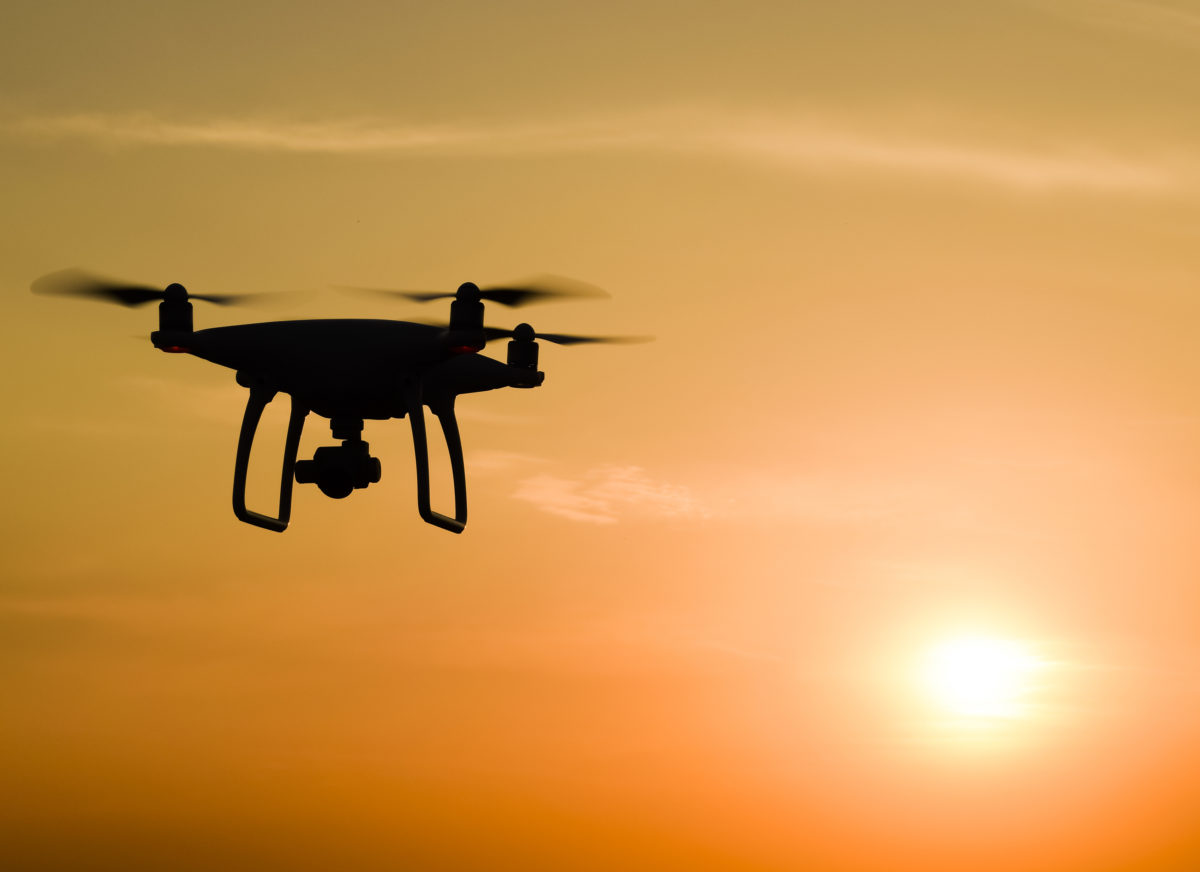With over 1.3 billion people, India’s energy needs are enormous, requiring sustainable solutions like solar photovoltaic (PV) technology that can scale rapidly. However, the challenges of adding sufficient solar capacity are daunting, given the sheer man-hours required to install, maintain, and repair the nation’s growing PV infrastructure.
A typical 250 MW plant, for example, spans over 1,000 acres. And it takes anywhere from 6 to 12 months to properly install and configure the millions of individual PV components, solar panels, and combiner boxes before that facility can come online.
Even before Covid-19, designing and building solar plants represented major engineering challenges. But with lockdown restrictions and travel advisories, it’s become even harder to get “boots on the ground”—both to survey potential sites and to monitor the staggering number of electrical components required for continuous operation.
Fortunately, a host of emerging technologies are reshaping India’s energy landscape, bringing the country closer to its goal of powering 60% of its economy with renewable power by 2030.
The most conspicuous aspect of this technological shift is drones’ growing use throughout each solar plant’s lifecycle.
Application
When deployed correctly, drones can:
- Quickly survey sites without needing to deploy large teams of engineers and surveyors. This delivers enormous cost savings in terms of personnel reductions. And it also facilitates site access amid lockdown restrictions.
- Track construction progress and monitor quality by relaying site imagery to off-site teams. Besides, artificial intelligence (AI) is now being used to analyze these images to detect site issues.
- Identify “hot” spots in expansive solar arrays using drone thermography. This infrared imaging allows engineers to intervene before malfunctions cause energy losses over the long term.
In addition to cost savings, outsourcing the above tasks to drones is also safer—resulting in fewer accidents and injuries among ground personnel.
Marriage with AI
The real-time imaging, spectral, and geographic information system (GIS) data captured on each drone flight is used to train the next generation of AI tools and be made available to ground teams using mobile technology. And this marriage is helping to drive powerful insights, allowing teams to make better-informed decisions throughout the project development lifecycle:
- Map-based mobile applications allow all survey, engineering, and construction teams to access the same data and analytics collected during previous drone flights. Not only does this reduce redundancies, but it also helps to eliminate mistakes while delineating roles and responsibilities.
- Drone data is being used in concert with SCADA and other sensor data to build sophisticated performance models. These advanced models facilitate predictive maintenance, which helps to reduce downtime.
- Real-time imaging can also be combined with other software applications to boost personnel productivity in the field and promote on-site safety for engineering, construction, and maintenance teams on the ground.
Going forward
We’re still in the early days of this digital revolution – in India and the rest of the world. But already, drone technology has proven useful in helping project developers overcome travel restrictions and reduce costs. And increasingly, this technology is also being used to:
- Shrink project development timelines with the ability to survey large areas quickly
- Guarantee on-time delivery of PV projects currently under construction
- Assess solar panel and string level performance issues or large sites
Add to this the growing use of artificial intelligence, mobile technology, and the Internet of Things – and it becomes clear that India’s solar industry is headed for a very bright future.
The views and opinions expressed in this article are the author’s own, and do not necessarily reflect those held by pv magazine.
This content is protected by copyright and may not be reused. If you want to cooperate with us and would like to reuse some of our content, please contact: editors@pv-magazine.com.








1 comment
By submitting this form you agree to pv magazine using your data for the purposes of publishing your comment.
Your personal data will only be disclosed or otherwise transmitted to third parties for the purposes of spam filtering or if this is necessary for technical maintenance of the website. Any other transfer to third parties will not take place unless this is justified on the basis of applicable data protection regulations or if pv magazine is legally obliged to do so.
You may revoke this consent at any time with effect for the future, in which case your personal data will be deleted immediately. Otherwise, your data will be deleted if pv magazine has processed your request or the purpose of data storage is fulfilled.
Further information on data privacy can be found in our Data Protection Policy.